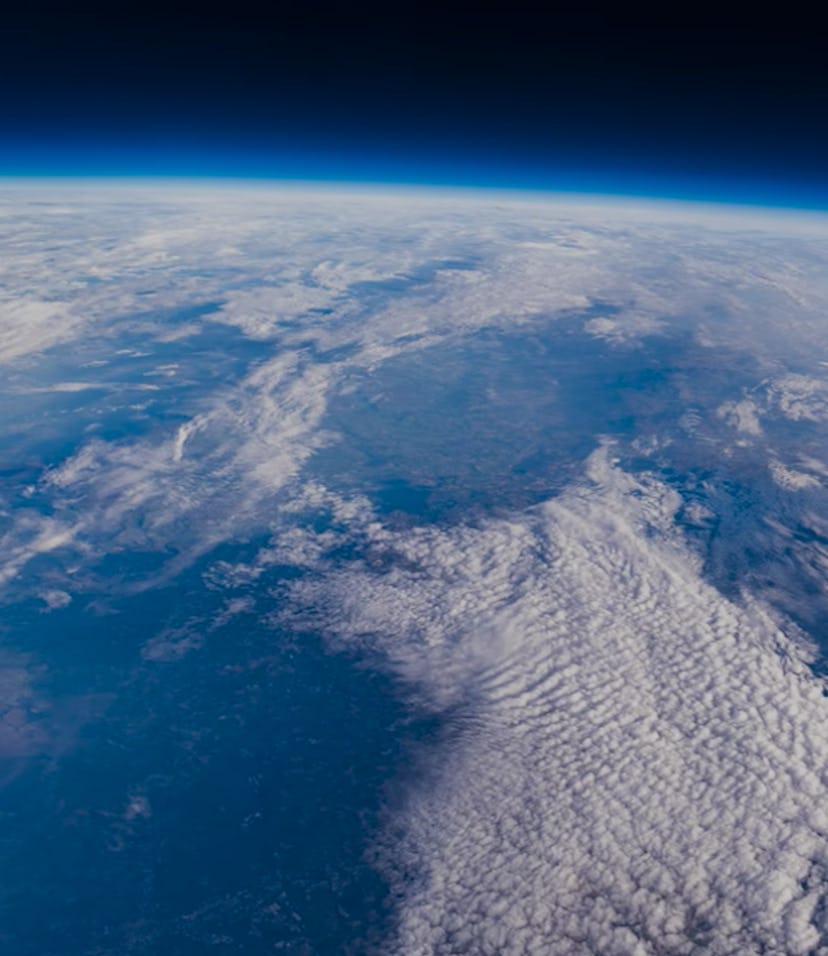Tech
Amazing 4K footage of Earth shot from the upper atmosphere with a Sigma fp
The Sigma fp mirrorless camera was sent to the edge of space and came back with some stunning 4K video.

Sigma's fp camera is said to be the world's smallest and lightest full-frame mirrorless camera, and the company recently demonstrated its capability in the best way possible — by sending it to space.
Stunning detail — The company actually sent two cameras attached to balloons into the upper atmosphere, so not exactly space, but they were able to capture some stunning shots of Earth. One of the cameras shot 24-megapixel raw stills every five seconds, while the other shot 4K RAW film.
Because capturing in RAW uses a lot of data, the 2TB SSD inside the camera shooting video was only able to record about an hour and forty minutes of footage from the time of takeoff. Thankfully that was still enough time for the balloon to reach the edges of space and bring back the goods.
One unexpected mishap was that the camera saw some ice crystals form on its lens:
Still, the detail captured is so clear that you can zoom in and see fields on the ground below:
And this shot captured during the ascent is really something:
Eventually, both balloons popped and the cameras hurtled back down to the surface before parachutes ejected and gently landed them intact.
Conservation photography — While these images are great on their own, and are some great marketing for the Sigma fp, they also do contribute to the important discipline of conservation photography. Throughout time, images have proven an invaluable way to draw attention to environmental issues such as climate change and its impact on Arctic wildlife.
It's one thing to read about such a complex issue. Climate change is something that happens over such a large time horizon that it can be hard for people to zoom out and see the big picture. But it's another thing to see sad pictures of polar bears running out of places to go as their homes melt. Photography is more visceral and triggers inward feelings that we need to save this beautiful wildlife before it's too late.